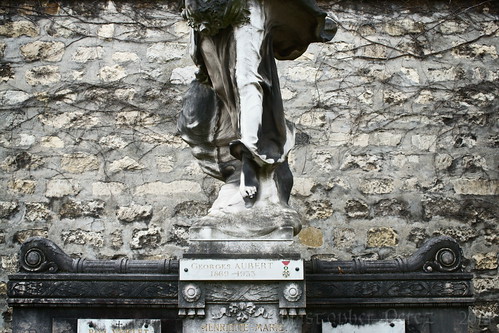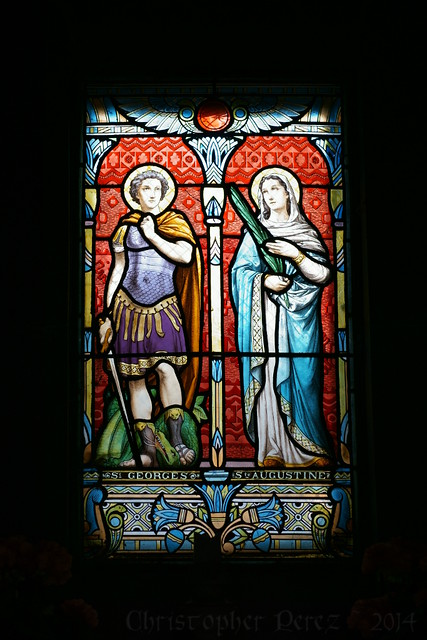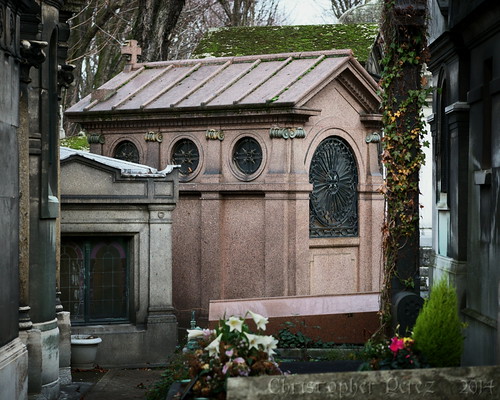Since moving to digital for all my serious work I've shot with heavy DSLRs and big zoom lenses.
This has recently changed. Completely.

A Sony A6000 has climbed into my camera bag. It's taken it's place alongside three Sigma fixed focal length DN lenses. Everyone looks to be here for a long stay.
Many years ago I used a Leica and three lenses. This was back when dinosaurs roamed the earth and my cameras were loaded with Kodak Tri-X or Ilford FP4 or Ilford HP5 and fixed focal length optics were the only reliably sharp option. Hollywood was where I lived at the time and New Wave and Punk were the music styles in vogue around the LA basin. My Fiat 124 Sport Coupe was a blast to drive Hwy 1 and 101.

My three lens photography kit consisted of a 35mm, 50mm, and 85 or 90mm lens. The Leica wasn't the only kit I built like that. I also owned Canon F1(original) and Nikon FM systems. Each built on the basic three lens kit. With the SLRs I added a 200mm or 300mm lens for wildlife and motorsports work. This was the way I learned to "see".
When I moved into large and very large format film I built the kits, once again, on the three lens step of equivalent focal lengths to my old 35mm gear. 90/150/210mm in 4x5inch and 210/300/450mm in 8x10inch film. Continuing to work this way was an extension of how I had learned to "see."
With the move to digital I learned to love the "flexibility" of high quality zoom lenses. My kit contained zooms from ultra-wide all the way up to ultra-long. The lenses that got the most use were the 24-105mm and 100-400mm. The ultra-wide and medium-long zooms sat largely unused.

What I noticed is that my "seeing" became, for the lack of a better word, "lazy." All I had to do was twist the zoom ring and re-frame the scene. It was all very simple. Though now that I look at things it seems like a lot of my work had taken on a "bland" appearance. Not only had my "seeing" become "lazy", the "look" of my images were bordering on looking "lazy" too.
Moving into mirrorless for all my serious work has been like "backing the horse into the barn." I've taken small steps. Four years ago I bought two mirrorless cameras that I used for around-town and travel photography. A month ago I bought a couple Sigma DN Art lenses and tried them out on my aging around-town/travel NEX5. I liked how crisp and clear the images were on the small sensor. A week later I bought a camera with more pixels than the Old Beast.
Wandering around the city and working in the studio has shown me what is possible. Image quality is very important to me. I did not want to take a step down in quality by moving to a smaller system. As a measure of how happy I am with the results I now have all three Sigma DN Art lenses.

Which leaves me to wonder about the need for a high quality zoom. The mirrorless kit lens is OK on smaller sensor cameras, but has obvious short-comings when mounted on the big-mpixel camera. Zeiss offers a nice zoom, but would I use it?
A recent visit to Passy leaves me wondering if I really _need_ to spend Zeiss kinds of $$$'s. I'm amazed at how quickly I've slipped back into the three lens kit way of "seeing." In fact, I remember how to frame an image and select the correct focal length lens without thinking about things. It's a natural movement. Just like when I lived and photographed around Southern California.
Can Old Dawgs really ever _un-learn_ Old Tricks? In my case it seems not.

This has recently changed. Completely.

A Sony A6000 has climbed into my camera bag. It's taken it's place alongside three Sigma fixed focal length DN lenses. Everyone looks to be here for a long stay.
Many years ago I used a Leica and three lenses. This was back when dinosaurs roamed the earth and my cameras were loaded with Kodak Tri-X or Ilford FP4 or Ilford HP5 and fixed focal length optics were the only reliably sharp option. Hollywood was where I lived at the time and New Wave and Punk were the music styles in vogue around the LA basin. My Fiat 124 Sport Coupe was a blast to drive Hwy 1 and 101.

My three lens photography kit consisted of a 35mm, 50mm, and 85 or 90mm lens. The Leica wasn't the only kit I built like that. I also owned Canon F1(original) and Nikon FM systems. Each built on the basic three lens kit. With the SLRs I added a 200mm or 300mm lens for wildlife and motorsports work. This was the way I learned to "see".
When I moved into large and very large format film I built the kits, once again, on the three lens step of equivalent focal lengths to my old 35mm gear. 90/150/210mm in 4x5inch and 210/300/450mm in 8x10inch film. Continuing to work this way was an extension of how I had learned to "see."
With the move to digital I learned to love the "flexibility" of high quality zoom lenses. My kit contained zooms from ultra-wide all the way up to ultra-long. The lenses that got the most use were the 24-105mm and 100-400mm. The ultra-wide and medium-long zooms sat largely unused.

What I noticed is that my "seeing" became, for the lack of a better word, "lazy." All I had to do was twist the zoom ring and re-frame the scene. It was all very simple. Though now that I look at things it seems like a lot of my work had taken on a "bland" appearance. Not only had my "seeing" become "lazy", the "look" of my images were bordering on looking "lazy" too.
Moving into mirrorless for all my serious work has been like "backing the horse into the barn." I've taken small steps. Four years ago I bought two mirrorless cameras that I used for around-town and travel photography. A month ago I bought a couple Sigma DN Art lenses and tried them out on my aging around-town/travel NEX5. I liked how crisp and clear the images were on the small sensor. A week later I bought a camera with more pixels than the Old Beast.
Wandering around the city and working in the studio has shown me what is possible. Image quality is very important to me. I did not want to take a step down in quality by moving to a smaller system. As a measure of how happy I am with the results I now have all three Sigma DN Art lenses.

Which leaves me to wonder about the need for a high quality zoom. The mirrorless kit lens is OK on smaller sensor cameras, but has obvious short-comings when mounted on the big-mpixel camera. Zeiss offers a nice zoom, but would I use it?
A recent visit to Passy leaves me wondering if I really _need_ to spend Zeiss kinds of $$$'s. I'm amazed at how quickly I've slipped back into the three lens kit way of "seeing." In fact, I remember how to frame an image and select the correct focal length lens without thinking about things. It's a natural movement. Just like when I lived and photographed around Southern California.
Can Old Dawgs really ever _un-learn_ Old Tricks? In my case it seems not.

2 comments:
In my world, HP5, Tri-x, New Wave, and (especially) Punk are still very much alive and the moment.
Oh, and a bag of 3 primes as well. :)
Three primes and the Dead Kennedys! What more does a man need?
Oh ya. The love of a good woman. Can't forget that. :-)
Post a Comment